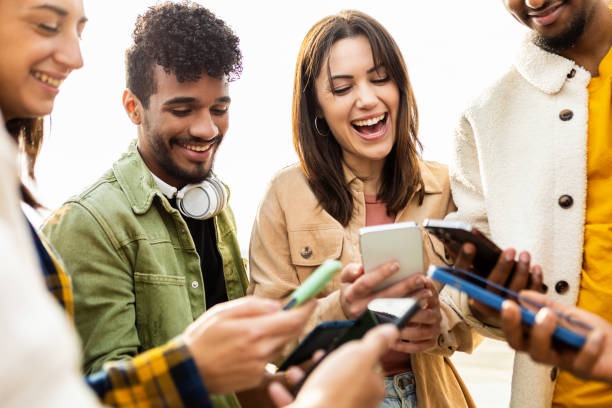Instagram, one of the world’s most popular social media platforms, has transformed how people interact and share their lives online. A key feature that has driven its success is the “like” button, a simple yet powerful metric for gauging engagement. However, user behavior significantly influences like counts on Instagram posts, shaping not only individual experiences but also broader trends in content creation.
User behavior on Instagram is often dictated by personal preferences, interests, and habits. People tend to engage more with content that resonates with their values or aligns with their aesthetic tastes. For instance, visually appealing photos or videos featuring trending topics are more likely to receive likes than generic or low-quality posts. Additionally, users are influenced by algorithms that prioritize certain types of content in their feeds based on past interactions. As a result, like counts can vary widely depending on how well a post fits into these curated experiences.
Timing plays an essential role in determining the visibility and engagement of a post. Studies have shown that posting during peak activity hours—when most users are active—can lead to higher like counts compared to times when user activity is lower. This highlights the importance of understanding audience demographics and behaviors to maximize reach and interaction.
Another critical factor impacting like counts is reciprocity among users. Many individuals feel compelled to “like back” after receiving likes from others as part of an unspoken social contract within online communities. This reciprocal behavior often leads to inflated metrics that may not always reflect genuine interest or appreciation for the content itself.
Moreover, hashtags play an instrumental role in expanding reach beyond immediate instant twitter followers by making posts discoverable under specific categories or themes. Strategic use of relevant hashtags can attract new audiences who might be inclined to engage with similar content styles or subjects.
However, it’s worth noting that external factors such as platform changes also influence user behavior over time. In recent years, Instagram tested hiding public like counts in some regions as part of efforts to reduce pressure around social validation and mental health concerns related to comparison culture.
Ultimately, while likes remain an important measure for creators seeking validation or brand partnerships via sponsored content deals, they do not tell the full story behind meaningful engagement on Instagram today. Understanding how user behaviors shape these metrics allows both casual users and marketers alike better navigate this dynamic digital landscape effectively while fostering authentic connections within growing online communities globally.

